Americans stood up to racism in 1961 and changed history. This is their fight, in their words.

Walking a picket line, sitting at a lunch counter, asking for a book in a library: It could get them arrested, beaten or killed. They did it anyway.
It was 1961, and across the South, college students, faith leaders, shop owners, high school students, civil rights leaders and many others risked their lives to battle white supremacy. They wanted voting rights and the integration of schools, businesses, public transit and libraries.
They lost their jobs, were kicked out of school. Their bodies were bloodied and battered. Others were banished for days, weeks or months to prisons across the South.
For "Seven Days of 1961," reporters across the USA TODAY Network retraced crucial moments that set in motion a new era of civil rights that continues to inform social justice movements today. Sixty years later, as the nation still grapples with systemic racism, as well as access to voting, police violence and how we teach American history, the stories of these civil rights veterans show there is no single moment that topples tyranny: The fight for freedom must be fought each day.
SUBSCRIBE: Help support quality journalism like this.
“In 1961 I used to hear people say, ‘The struggle continues,’’’ said Courtland Cox, 80, a veteran of the Student Nonviolent Coordinating Committee, one of the most pivotal organizations of the civil rights movement. “I just thought it was some words. It is, in fact, not just words. There is a reality behind it, which says those in power do not want to ever give up power.’’
Nearly every few weeks in 1961, there was a critical battle for civil rights. Freedom fighters adopted new tactics and launched new campaigns, such as the jail, no bail strategy that put financial pressure on local governments.
To be sure, activists held significant protests and demonstrations in prior years, including a lunch counter sit-in in Greensboro, North Carolina, in 1960 and the year-long bus boycott in Montgomery, Alabama, that began in 1955. But experts agree 1961 brought about a gelling of the movement as more civil rights groups banded together for the first time in South Carolina, Mississippi and other communities to end segregation and expand voting access. At the same time, an army of young freedom fighters galvanized communities across the South like never before.
“What '61 is in some ways is that moment in time when especially the youth have decided that this is the time to force change,’’ said Spencer Crew, director emeritus of the National Museum of African American History and Culture. “You go from the sit-in movement to the Freedom Rides to voter registration activities, and all the kinds of things that they were doing, that was so important to push change."
To better understand this era of American history and where the nation could be headed, USA TODAY journalists interviewed dozens of civil rights veterans, historians and other witnesses. They reviewed public documents, including arrest records, and traveled with historians and former activists to the sites of some of the most groundbreaking revolts of 1961.
Many veterans still bear mental and physical scars from their time on the front lines. All said they would do it again.
USA TODAY’s “Seven Days of 1961” takes readers through seven days in 1961 that put in motion a new era of civil rights that continues to inform social justice movements today. These stories will be published from September through December.

Dec. 15, 1961: 1,500 Black college students challenged police. The Supreme Court took their side.
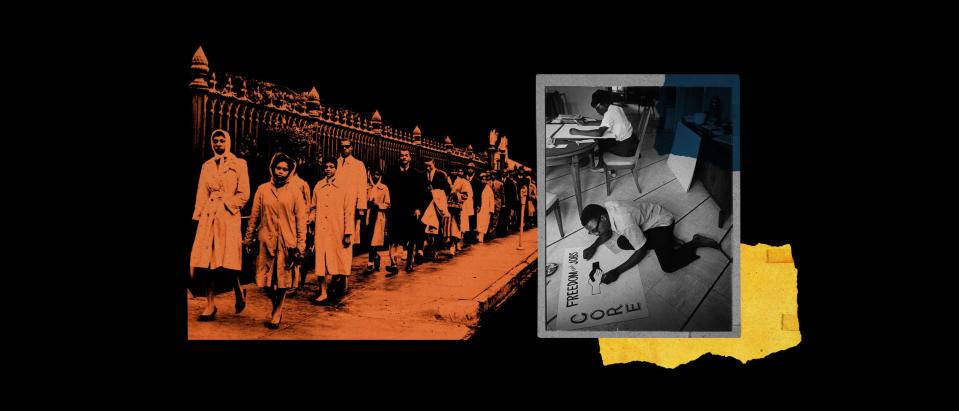
In 1961, Black college students fought segregation. Four years later, their Supreme Court case secured First Amendment rights for future protesters. Read the story
Nov. 11, 1961: Racism along historic Maryland route was rampant. Then students took action.

In 1961, racial discrimination against African diplomats traveling Maryland’s Route 40 riled up the feds. Civil rights activists saw an opportunity. Read the story
Oct. 4, 1961: How students helped end segregation in Mississippi
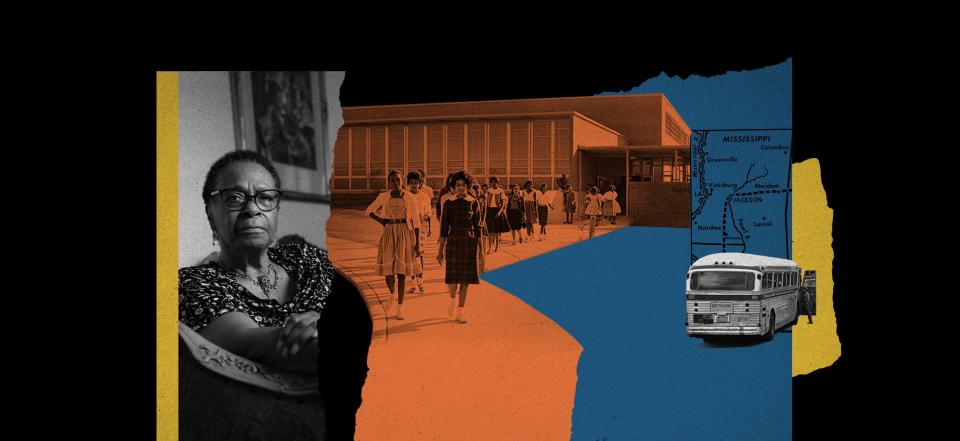
More than 100 students walked out of Burglund High in Mississippi to protest racial injustice. Their work helped rally young people across the South. Read the story
May 14, 1961: Freedom Riders took on racism in the South

The Freedom Ride movement almost ended in Alabama when a group of Riders nearly died on a bus set ablaze by Klansmen. Read the story
Join the Freedom Riders in augmented reality
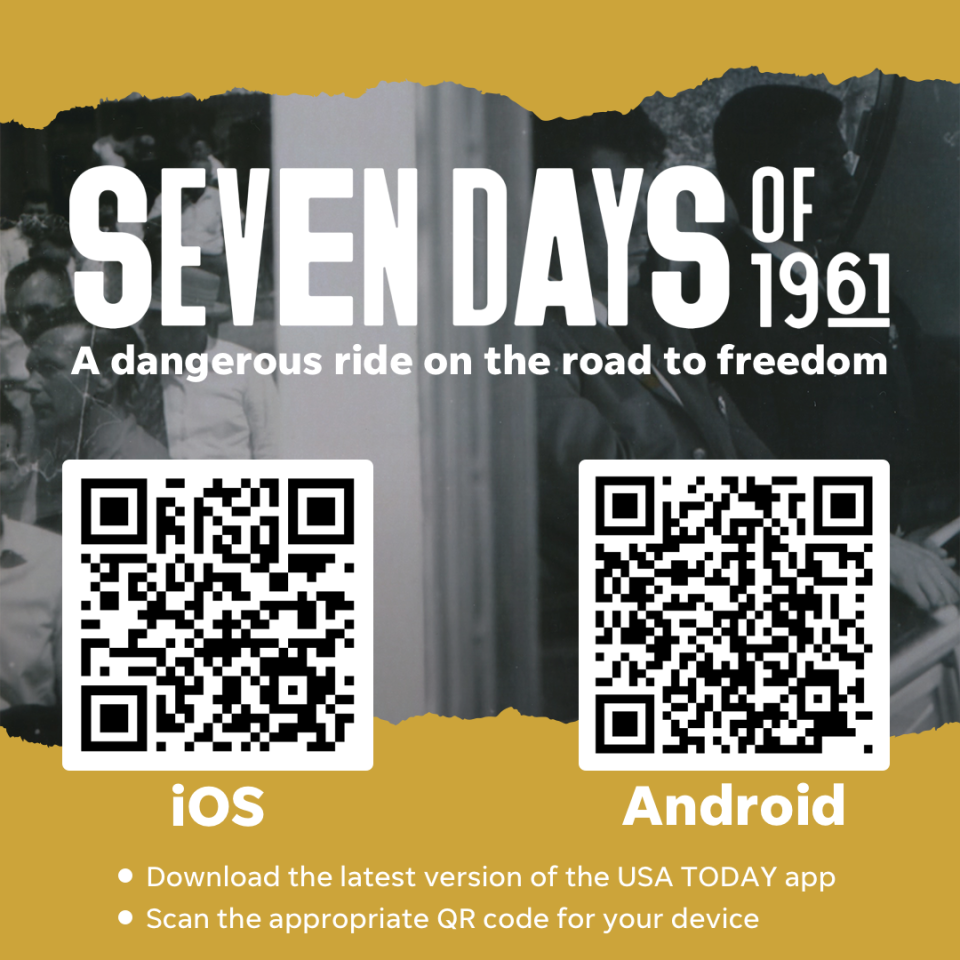
Hank Thomas was a Freedom Rider traveling inside a bus that was attacked in Alabama. Step inside the bus and hear Thomas recount the harrowing event. To access “A dangerous ride on the road to freedom” AR experience, download the latest version of the USA TODAY app and scan the appropriate QR code for your device. Learn more
‘You don’t know who is going to die next’: Civil rights era heroes are dying, leaving rich legacies
March 27, 1961: These students were arrested for using the public library

A “read-in” led by the students who became known as the Tougaloo Nine inspired a Black youth activism movement in Mississippi. Read the story
Jan. 31, 1961: They tried to eat at a whites-only lunch counter
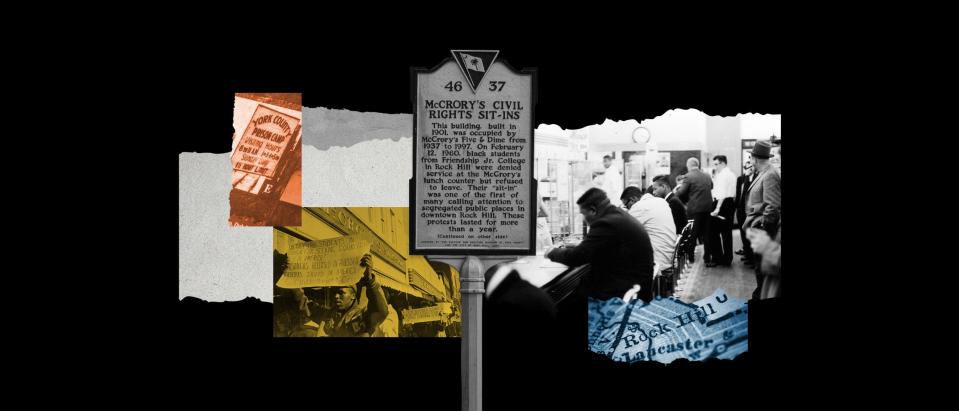
They were sentenced to 30 days on a chain gang. In 1961, the “jail-no-bail” movement cost no money and helped highlight how much Black people were willing to sacrifice for equal rights. Read the story
Friendship Nine sat at a lunch counter to force an end to segregation

Civil rights veteran David Williamson Jr. recounts his experiences as a member of the Friendship Nine, who were arrested at a Rock Hill, S.C., whites-only lunch counter. Explore the graphic novel
‘You had to be real strong’: Black women who fought to end segregation

Phyllis Hyatt was one of the Rock Hill, S.C., “city girls” who fought to end segregated lunch counters in 1961. Explore the graphic novel
Jan. 11, 1961: Her classmates wanted her dead

How the first Black woman at the University of Georgia helped integrate higher education in 1961. Read the story
Police violence ‘enforced white supremacy’ during 1960s protests. Similar tactics are still used today.
White people in the US have long controlled public institutions. Racial progress has paid the price.
‘You could be killed any minute’: Civil rights veterans share horrors of battling white supremacy
Civil rights battles, told by the people who lived them
Activists retrace how they challenged white supremacy in key civil rights protests, sharing personal stories on the Seven Days of 1961 podcast. Learn more
This is America
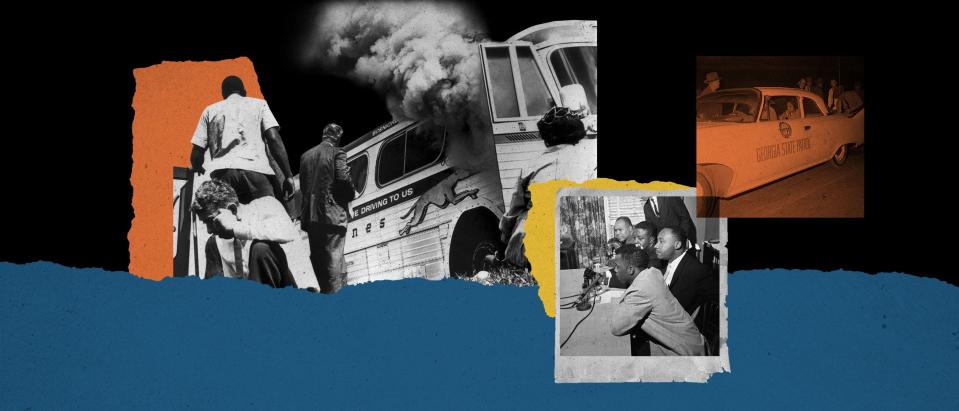
The year 1961 is a masterclass in how vulnerable Black Americans and their allies dared to challenge unjust laws and change U.S. history. Read the newsletter
Free virtual events
Watch conversations with civil rights leaders, hosted by USA TODAY, on how to fight for freedom, how voting laws have shaped the United States and Black America and how institutions of power fuel and stall change. Watch more
How activists fought for civil rights
This animated video explores how Black organizers created formalized protests to challenge white supremacy and forever change the nation. Watch here
The music that changed history
Listen to protest songs from the 1800s to today, from “Swing Low, Sweet Chariot” to “Fight the Power.” Listen here
This article originally appeared on USA TODAY: Civil rights in America: How 1961 changed the course of US history